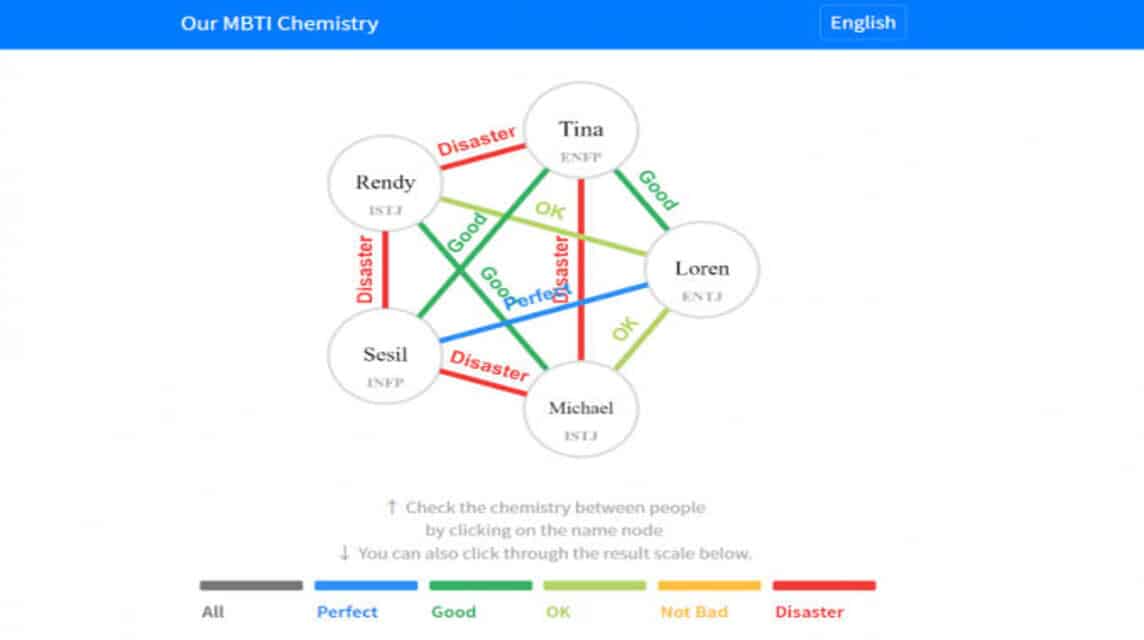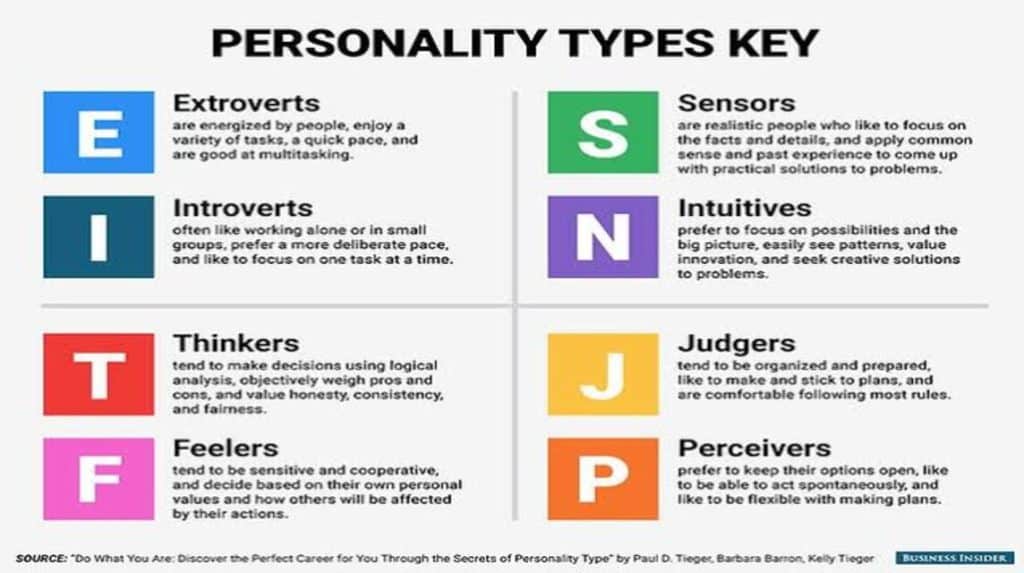Do you ever feel inexplicably drawn to some people while others leave you feelingmeh? The answer might lie in your personality chemistry. From the boardroom to the bedroom, understanding how personalities interact is key to navigating the complexities of human relationships. And now, its taken over TikTok.
The sudden surge of interest in personality typing, specifically the Myers-Briggs Type Indicator (MBTI), shouldn't come as a surprise. Were wired to seek connection, and in a world increasingly mediated by screens, understanding the nuances of human interaction feels more critical than ever. The personality chemistry trend on TikTok offers a bite-sized, often humorous, approach to this complex topic. Videos feature users sharing their MBTI type and comparing their perceived compatibility with friends, romantic partners, and even fictional characters. While the trend may prioritize entertainment over scientific rigor, it has ignited a wider conversation about the role personality plays in our relationships.
| Category | Description |
|---|---|
| Purpose | A self-report questionnaire designed to identify a person's personality type, strengths, and preferences. |
| Developed By | Isabel Myers and Katharine Briggs, based on the work of Carl Jung. |
| Number of Types | 16, based on four dichotomies: Introversion/Extroversion, Sensing/Intuition, Thinking/Feeling, Judging/Perceiving. |
| Applications | Career counseling, team building, personal development, relationship understanding. |
| Limitations | Not a definitive measure of personality, potential for mistyping, doesn't account for individual nuances. |
| Further Information | The Myers & Briggs Foundation |
But what exactly is personality chemistry? Its the subjective experience of compatibility or resonance between individuals, often described as a feeling of clicking with someone. While the MBTI provides a framework for understanding personality differences, the experience of chemistry is far more nuanced. It's a complex interplay of factors beyond just personality type, including shared values, interests, experiences, and even body language. TikTok's trend, while engaging, simplifies this intricate dance. Matching based solely on four-letter types ignores the rich tapestry of individual differences that contribute to genuine connection.
The 16 personality types, ranging from the analytical INTJ to the empathetic ENFJ, are often presented as shorthand for understanding behavior. While this can be a useful starting point, it's essential to avoid stereotyping. Each type encompasses a wide spectrum of individuals with unique experiences and perspectives. Reducing someone to their MBTI type overlooks the individual nuances that make them who they are. Think of it like astrology while your sun sign might provide some general insights, it doesn't define your entire astrological profile.
The allure of the personality chemistry trend lies in its promise of decoding human interaction. It offers a seemingly simple solution to the age-old quest for connection. By understanding your type and its perceived compatibility with others, you can, theoretically, optimize your relationships. This appeal is particularly potent for younger generations navigating the complexities of social dynamics in a digital age. However, relying solely on MBTI for relationship guidance can be misleading. True connection requires open communication, empathy, and a willingness to understand each other beyond simplified categories.
While TikToks take on personality chemistry offers a fun and accessible entry point into the world of personality typing, its crucial to approach it with a critical eye. The real magic of human connection isn't found in four-letter codes but in the genuine effort we invest in understanding each other's unique, multifaceted selves. So, while exploring MBTI compatibility can be a playful exercise, remember that true chemistry is a complex and dynamic process, far richer than any algorithm can predict.
Beyond the viral trends and simplified explanations, exploring personality can be a valuable tool for self-discovery and personal growth. Understanding your strengths, weaknesses, and preferred ways of interacting with the world can empower you to build more meaningful connections. Just remember, like any tool, the MBTI is most effective when used thoughtfully and in conjunction with other methods of self-reflection.
Perhaps the greatest strength of the TikTok trend lies in its ability to spark curiosity. It encourages individuals to consider their own personalities and how they interact with those around them. This newfound awareness can be a powerful catalyst for personal growth and improved communication. While the trend may be fleeting, the conversations it initiates about personality and connection have the potential to resonate far beyond the confines of social media.


